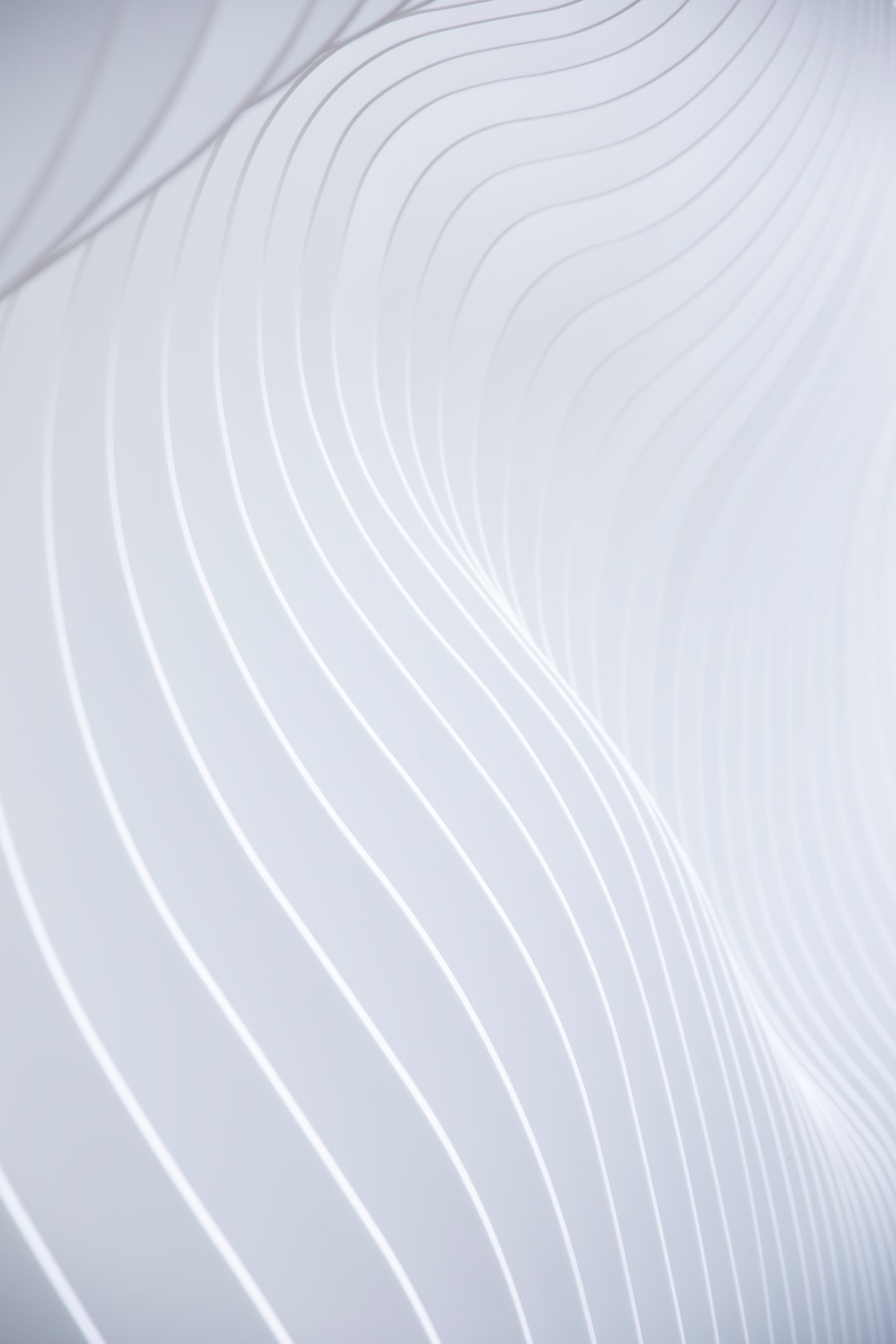The Power of Negative Space in Design: Using Emptiness to Create Impact
In the world of design, empty spaces often take a backseat to the elements that fill them. However, what many designers fail to realize is that these seemingly vacant areas, known as negative space, have the power to enhance visual impact and captivate an audience. Negative space, also referred to as white space, is the portion of a design left unoccupied. It plays a crucial role in creating balance, improving readability, and conveying powerful messages.
Negative space provides a breathing room for the eye, allowing it to rest and appreciate the design as a whole. By simplifying a composition, negative space draws attention to the main subject or message, putting it in the spotlight. Think of the iconic logo of FedEx, which creatively utilizes negative space by hiding an arrow in the white space between the “E” and the “x.” This subtle element not only adds intrigue but also enhances the overall impact of the logo.
One of the key benefits of negative space is its ability to improve readability. By surrounding text or objects with empty areas, designers can ensure that the content is easily legible and visually pleasing. A cluttered design, with no negative space, can overwhelm the viewer and cause confusion. On the other hand, intelligent use of empty spaces can make a design feel more organized, balanced, and effortless. Consider the elegant simplicity of Apple’s product packaging, where minimalistic design principles and ample negative space create a sense of luxury and sophistication.
Negative space is not limited to two-dimensional designs; it can also be applied in three-dimensional spaces. The architectural concept of “less is more” revolves around utilizing empty space to create impactful designs. Architects like Ludwig Mies van der Rohe and Tadao Ando masterfully incorporate empty spaces in their structures, allowing them to engage with the surrounding environment and highlight architectural features. The famous Barcelona Pavilion designed by Mies van der Rohe showcases how negative space can elevate a design, with the open-air courtyard framing the building and creating a sense of beauty and harmony.
Furthermore, negative space can be leveraged to create visual illusions, tricks, and puzzles in designs. By manipulating empty areas, designers can persuade viewers to see hidden elements and messages that were not apparent at first glance. The classic Rubin’s vase, an optical illusion that depicts both a vase and two faces in a single image, is a prime example of how negative space can tease the perception of the audience. This kind of playful and interactive design can leave a lasting impact and make a design memorable.
Harnessing the power of negative space requires a deep understanding of composition and balance. Designers must know when and how to use it effectively, as too much or too little can tip the scales in the wrong direction. Negative space should not be an afterthought but a deliberate element that enhances the overall design and message. It should complement the positive space, the occupied areas, rather than overpower it.
In conclusion, the power of negative space in design should not be underestimated. Emptiness, when harnessed appropriately, has the ability to create impact, improve readability, and evoke emotions. It serves as a powerful tool for designers to guide the viewer’s attention, enhance visual aesthetics, and create compelling compositions. By embracing negative space, designers can unlock new dimensions of creativity and deliver designs that are both visually stunning and impactful. So, the next time you begin a design project, remember the power of emptiness and let negative space take center stage.

